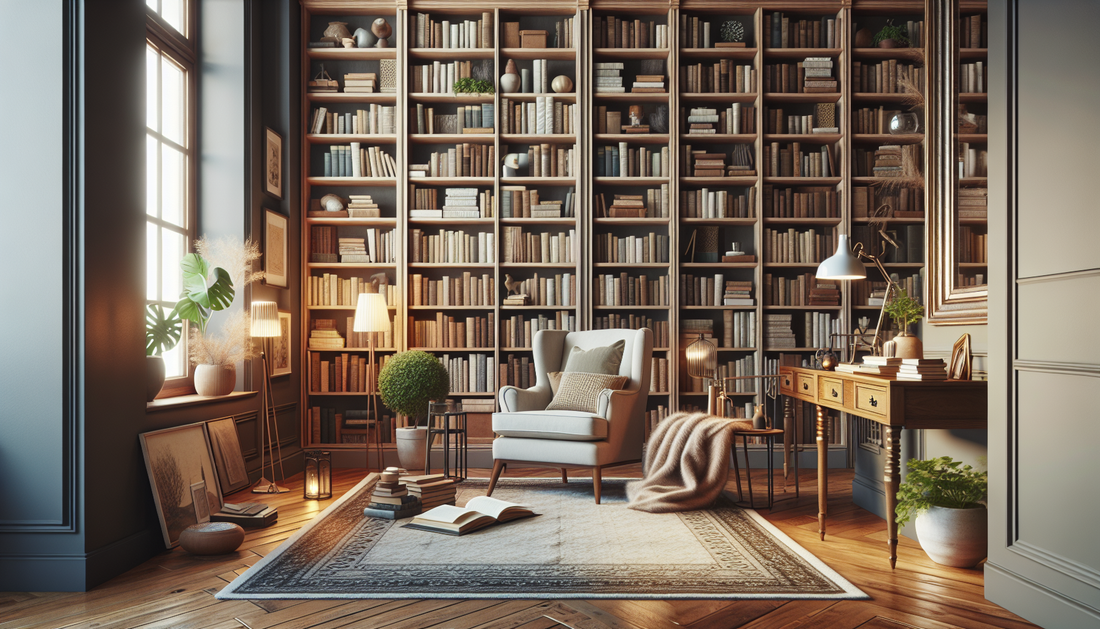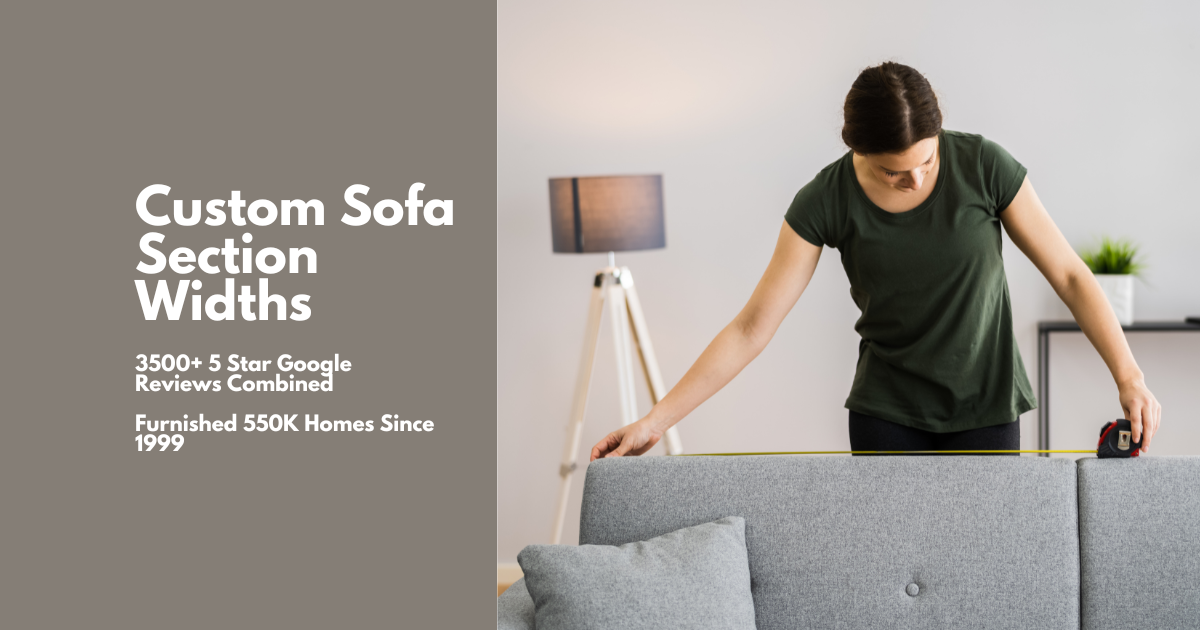
The Evolution of Modern Home Libraries in Interior Design
BedroomMaster 6.9 BedroomShare
The concept of home libraries has undergone a significant transformation, blending seamlessly with modern interior design trends. This evolution showcases how personal reading nooks have adapted to suit contemporary tastes while maintaining their essence as spaces for knowledge and relaxation.
- 📚 Historically, libraries were grand and formal places, often limited to the affluent, as seen in grand estates like the Huntington Library in California.
- 🔄 Over the decades, the focus shifted toward personalized and multifunctional spaces, especially during the minimalist design wave of the 1980s.
- 🖼️ Today, home libraries are as much about aesthetics as functionality, featuring creative shelving, cozy corners, and multifunctional furniture.
- 🏙️ Urban areas, like New York City, have popularized compact, stylish designs due to space constraints, inspiring multifunctional furniture trends.
- 🌿 With the rise of eco-conscious design, sustainable materials and natural light play a significant role in creating inviting yet earth-friendly spaces.
- 🎨 Rising artists and designers are reshaping the library concept through digital spaces, incorporating tech-friendly features for e-books and audiobooks.
- 🏡 Personalization remains key, with collections reflecting individual tastes, interests, and cultural backgrounds, turning home libraries into true expressions of self.
In the realm of interior design, few spaces captivate the imagination quite like home libraries. These sanctuaries of knowledge and tranquility have evolved far beyond the classic image of dusty bookshelves and heavy drapes. Today, home libraries are the pinnacle of sophistication, blending modern design sensibilities with timeless elegance. The transformation of these spaces into designer libraries has seen a fusion of artistic innovation and architectural prowess, creating environments that inspire both the mind and the soul.
Home libraries have a unique allure, drawing individuals into a world where imagination knows no bounds. While traditional libraries exude a certain charm with their well-worn tomes and oak finishes, contemporary designer libraries have redefined the experience altogether. Among the celebrated figures in this movement, interior designers such as Miles Redd and Steven Gambrel have played pivotal roles. Their creations are not merely about housing books but about curating an experience that echoes the owner's personality and passions.
One cannot speak of designer libraries without mentioning the iconic library created by Redd for a private residence in New York. This space, which artfully combines bold colors with traditional elements, offers a visual feast that delights the senses. Redd's careful selection of furnishings and art pieces transforms the space into an immersive narrative, where every corner tells a story of its own. It is this very narrative that has become a defining feature of Redd's work, leaving a lasting impression on both the inhabitant and visitors.
Ashton 6-Drawer Solid Wood Queen Storage Bed ITG-1366B
As the shift towards personalized interior design gains momentum, the concept of functional aesthetics has taken center stage. Libraries, which once prioritized utility over style, are now seen as canvases for creative expression. Consider the library crafted by Gambrel in his Sag Harbor home, which epitomizes this harmonious blend of form and function. The designer's use of natural light and bespoke shelving transcends the traditional limitations of library design, offering a space that’s as inviting as it is practical. Each book is carefully placed to enhance the room's symmetry while offering a glimpse into the designer's eclectic taste.
The Rise of Modern Home Libraries
The trend toward creating striking, yet cozy, home libraries has given rise to innovative designs that prioritize comfort without sacrificing elegance. This movement has been particularly evident in urban settings, where space constraints require creative solutions. In bustling cities like London and Paris, where residential spaces are often compact, designers have crafted ingenious methods of incorporating libraries into smaller footprints. This evolution has opened new avenues for creativity, offering residents access to personalized retreats amidst the urban sprawl.
Classic Influences in Contemporary Designs
Despite the modern twists evident in today's designer libraries, many still draw inspiration from classic elements. This blend of old and new can enhance the ambiance of a space, making it uniquely timeless. Designers like Kathryn M. Ireland have successfully merged antique furniture with modern aesthetics, achieving a balance between past eras and today's trends. In her projects, Ireland has often showcased how period-specific furnishings can coexist with contemporary design elements to create harmonious spaces that pay homage to classic influences.
Furthermore, the strategic use of rich wood tones, such as mahogany and walnut, adds depth and warmth to these spaces. Textures play an essential role, with velvet upholstery and silk rugs enhancing the sensory experience. These indulgent materials infuse the library with a sense of grandeur, reminiscent of traditional European libraries, without overshadowing the modern flair.
The Importance of Lighting in Designer Libraries
Lighting is a critical aspect of any designer library. It shapes the mood and functionality of the space. Ambient lighting allows for a cozy, inviting atmosphere, while task-specific lighting aids in reading. Design experts like David Netto emphasize the importance of layering light sources to achieve the perfect balance between practicality and ambiance. His approach typically includes a mix of chandeliers, table lamps, and strategically placed sconces, which together ensure optimal lighting at any time of the day.
Netto's projects often feature adjustable lighting systems that adapt to the time of day and the individual's activities. This not only enhances the user's comfort but also highlights architectural features and decor details that might otherwise go unnoticed. It is this meticulous attention to detail, underpinned by an understanding of both the psychological effects and technical aspects of lighting, that elevates a library from ordinary to extraordinary.
Color Schemes for a Serene Environment
The choice of color schemes plays a pivotal role in setting the tone for a library. While lighter tones can open up a smaller space, darker colors often offer a cozy, intimate environment. Notably, dark green and navy have become popular choices, invoked for their ability to convey both calm and sophistication. Designers like Paolo Moschino frequently use these shades for their rich, luxurious feel. They complement traditional elements while introducing a contemporary edge.
Moschino's expertise in color application ensures that the library becomes a space of refuge. He combines these moody hues with strategic bursts of color through accessories and artwork, creating a layered experience that's both intriguing and restful. The proper color combinations can evoke emotions, stimulate the mind, or simply offer a sense of peace and quietude, which is often sought after in a library setting.
Integrating Technology in Modern Libraries
In the current era, where technology is an integral part of daily life, modern libraries have embraced tech-savvy solutions. These include the incorporation of smart shelving systems with built-in lights and automated book organization features, as well as the integration of AV setups for multimedia experiences. Designers such as Kelly Wearstler have artfully balanced classic library elements with cutting-edge technology, creating spaces that seamlessly accommodate both paperbacks and digital media.
Wearstler's innovative approach often features hidden charging stations and wireless sound systems that maintain aesthetic integrity without sacrificing functionality. Her techniques allow homeowners to stay connected to the digital world within the serene confines of their personal library. By blending technology with traditional elements, she has managed to keep the library concept relevant and adaptive to modern lifestyles.
The transformation of home libraries into designer havens is a testament to the evolution of interior design. Whether influenced by historical grandeur or innovative technology, these spaces continue to inspire and engage, serving as reminders of the boundless ways one's personal environment can reflect and nurture their inner world.











